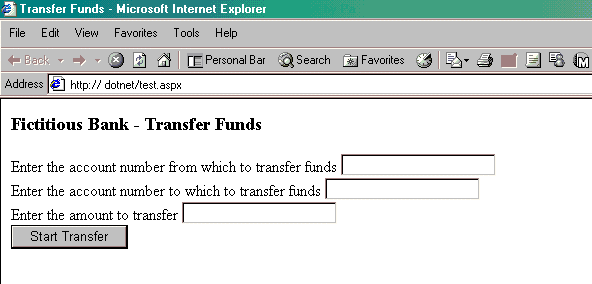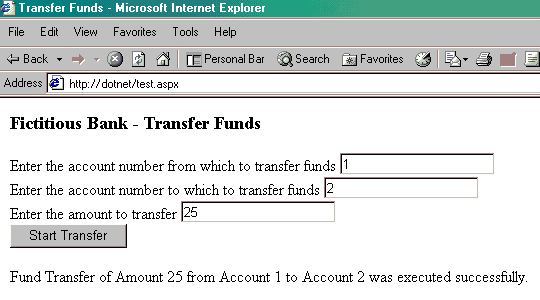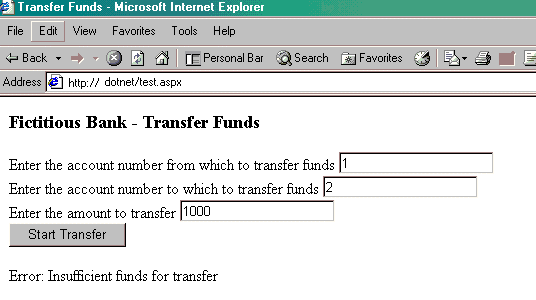I found this on searching for list of tables.
SELECT
X.[name],
REPLACE(CONVERT(varchar, CONVERT(money, X.[rows]), 1), '.00', '') AS [rows],
REPLACE(CONVERT(varchar, CONVERT(money, X.[reserved]), 1), '.00', '') AS [reserved],
REPLACE(CONVERT(varchar, CONVERT(money, X.[data]), 1), '.00', '') AS [data],
REPLACE(CONVERT(varchar, CONVERT(money, X.[index_size]), 1), '.00', '') AS [index_size],
REPLACE(CONVERT(varchar, CONVERT(money, X.[unused]), 1), '.00', '') AS [unused]
FROM
(SELECT
CAST(object_name(id) AS varchar(50)) AS [name],
SUM(CASE WHEN indid < 2 THEN CONVERT(bigint, [rows]) END) AS [rows],
SUM(CONVERT(bigint, reserved)) * 8 AS reserved,
SUM(CONVERT(bigint, dpages)) * 8 AS data,
SUM(CONVERT(bigint, used) - CONVERT(bigint, dpages)) * 8 AS index_size,
SUM(CONVERT(bigint, reserved) - CONVERT(bigint, used)) * 8 AS unused
FROM sysindexes WITH (NOLOCK)
WHERE sysindexes.indid IN (0, 1, 255)
AND sysindexes.id > 100
AND object_name(sysindexes.id) <> 'dtproperties'
GROUP BY sysindexes.id WITH ROLLUP) AS X
ORDER BY X.[name]


